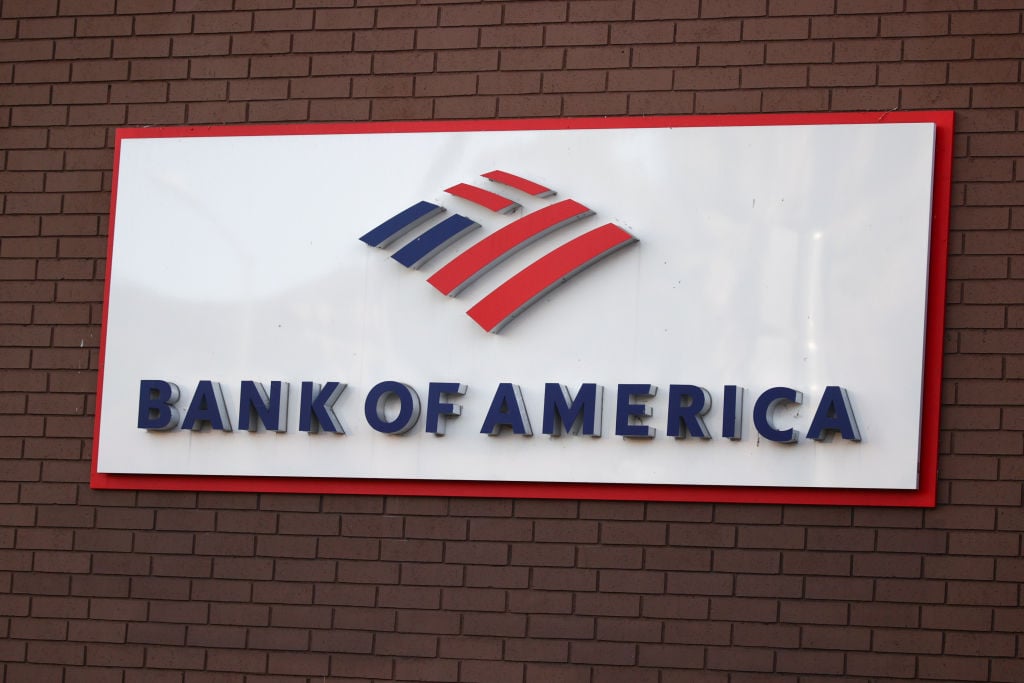
Bank of America's (BAC +0.16%) stock has finally jumped over the $17 per share hurdle, bolstered earlier this week by a stellar fourth-quarter earnings report showing that the big bank is in full recovery mode. Net income grew to $0.29 per share compared with the year-ago quarter's $0.03, easily beating estimates that pegged income at $0.26 per share.
Did Bank of America really surge ahead with such gusto? A closer look at the bank's numbers reveals some curious elements that added some bulk to the bank's profits -- including an extraordinarily low tax rate that likely made a huge difference in its per-share earnings beat.
Favorable tax treatment, higher litigation costs
Bank of America reported a 10.6% tax rate for the fourth quarter, amazingly low for a bank that paid a 48% rate in the third quarter. A Barclays analyst told The Wall Street Journal that the discounted rate probably added $0.07 to the reported earnings per share.
In Bank of America's earnings call, CFO Bruce Thompson alluded to "discrete tax benefits of approximately $500 million" in regards to the bank's non-domestic business, and some other pesky tax issues that the bank had to take care of outside of the U.S. by way of explanation. Regarding 2014, Thompson said he expects the tax rate to be in the neighborhood of 30%.
Another contributor to Bank of America's quarter was a big jump in litigation expense, a total of $2.3 billion for the quarter -- compared to $1.1 billion in the linked quarter, and $916 million for the year-ago quarter. The description of the spike in legal expenses was the bank's "continued evaluation of legacy exposures" tied to its ongoing mortgage bond litigation, a somewhat vague explanation, at best.
Additionally, B of A set aside $1.9 billion less than last year, reducing the drag on the bank's net income. This isn't uncommon, of course -- last quarter, Bank of America released $1.4 billion from reserves, and another $900 million one year ago.
Peers JPMorgan Chase and Wells Fargo also released cash from their loan-loss reserves last quarter, in the amount of $1.3 billion for the former and $600 million for the latter. But, with fourth-quarter profits of $5.3 billion and $5.6 billion, respectively, the reserve releases of Bank of America's peers made up a much smaller percentage of net income than is the case with B of A.
Bank of America is moving on -- but at a slower pace
None of this is meant to detract from the hard work CEO Brian Moynihan has done since taking over Bank of America's top spot. There is no doubt the bank is in a much better place than it was, say, in late 2011, when its stock fell into the $5 per share range.
For investors, however, it's important to look beyond the banner headlines and peer closely at how a company is really performing. While some of these accounting techniques may seem a bit disingenuous, Bank of America didn't try to hide any of them, including the tax rate change. Savvy investors have all the materials they need to learn that Bank of America is definitely on the mend -- just not quite as far along in the recovery process as this earnings report might suggest.








